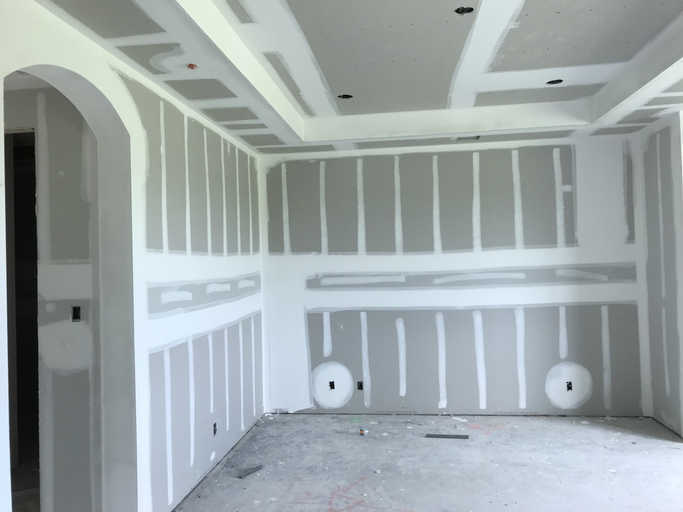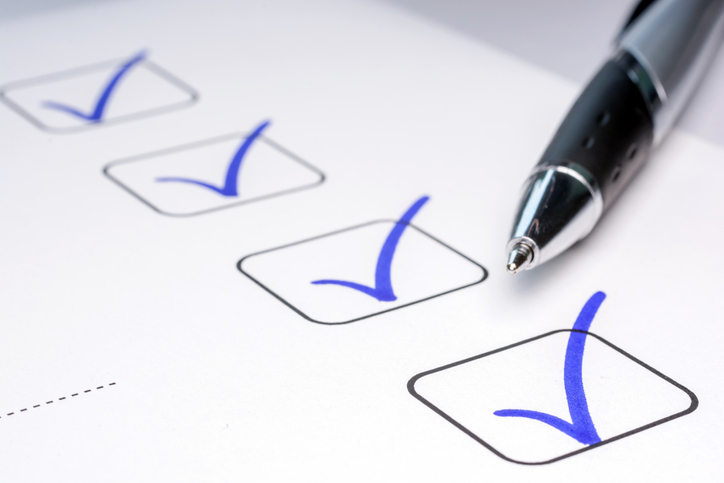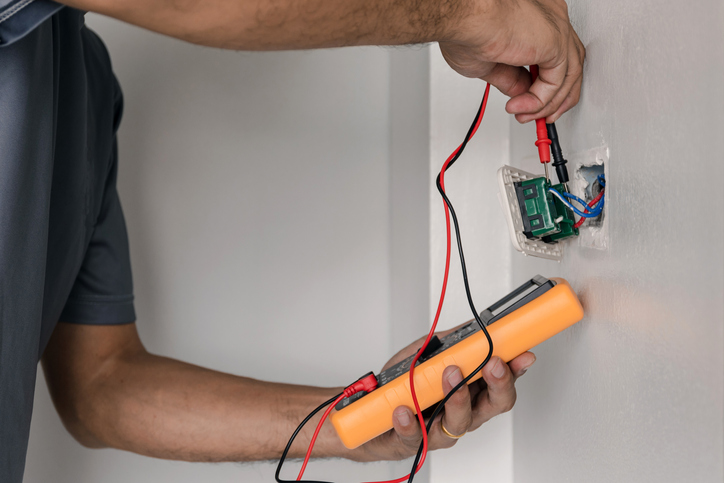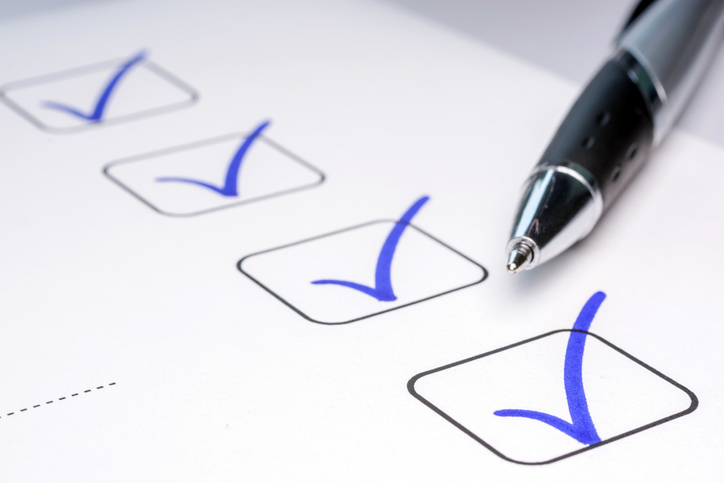Lead-based paint in the home can be a serious danger. If the home was built before 1978, the chances are high that lead-based paint was used. Prior to 1960, the lead content of many brands of paint was even higher. Lead from paint, including lead-contaminated dust is one of the leading causes of lead poisoning.
Facts About Lead-Based Paint In Your Home
- Lead-based paint can be hidden under layers of newer paint. When the lead based paint deteriorates, it can cause cracking, chipping and peeling of all paint layers that is hazardous for your family.
- Lead-based paint is especially hazardous in areas where painted surfaces might rub together and cause dust, such as windows and door frames.
- Lead-based paint is more hazardous in high traffic areas like doorways, windows, stairs, bannisters, railings, porches and patios.
- Lead can show up in household dust due to deterioration of lead-based paint or from painted surfaces rubbing together, like when opening a window.
- Lead-based paint is a danger outside as well as inside. When used on the exterior of the home and other structures (garages or sheds), it can deteriorate and contaminate the soil around the structure. This can then be tracked into your home on shoes or blown in by wind.
- Repairs, renovations and painting can disturb old lead-based paint, causing toxic dust when any painted surface is disturbed or demolished.
What to do About Lead-Based Paint?
Some recommendations state that if the lead-based paint is in good condition, to leave it alone and just make sure to dust thoroughly and often. Most people who are buying a home with lead-based paint don’t want to take the risk of contamination. The best option is to have a professional who deals with remediating homes with lead-based paint come in and completely remove all of the paint in the home before you move yourself or any of your belongings in. Stay out of the home while the professionals do their work of safely stripping away the lead-based paint and repainting with modern safer options. It is especially important to avoid exposing children and pregnant women to lead-based paint and contaminated dust.
While you won’t find lead-based paint in homes built after 1980 (in most cases), older homes can still have lead-based paint. If your inspector finds that your new home has lead-based paint that hasn’t been removed and replaced, prepare yourself for the cost of professionally removing that lead paint and having the home repainted – possibly inside and outside. Lead-based paint simply isn’t worth the risk of lead poisoning.










